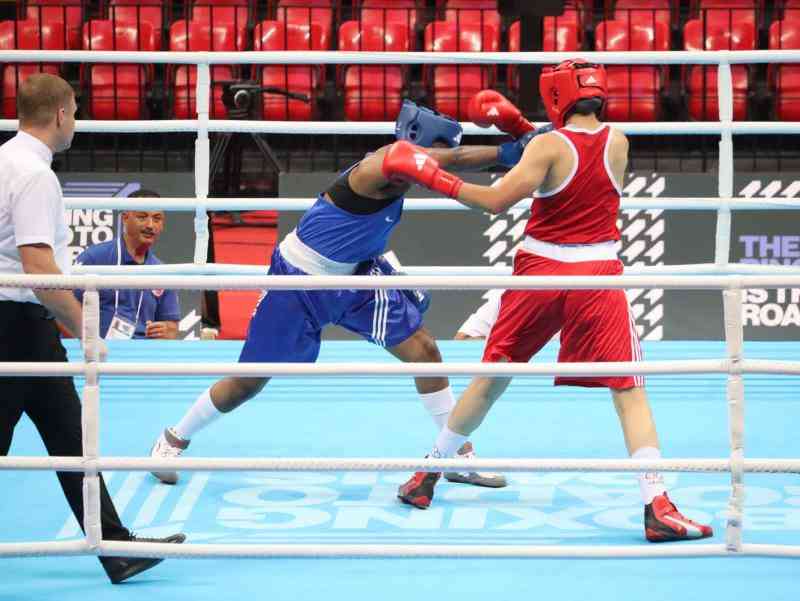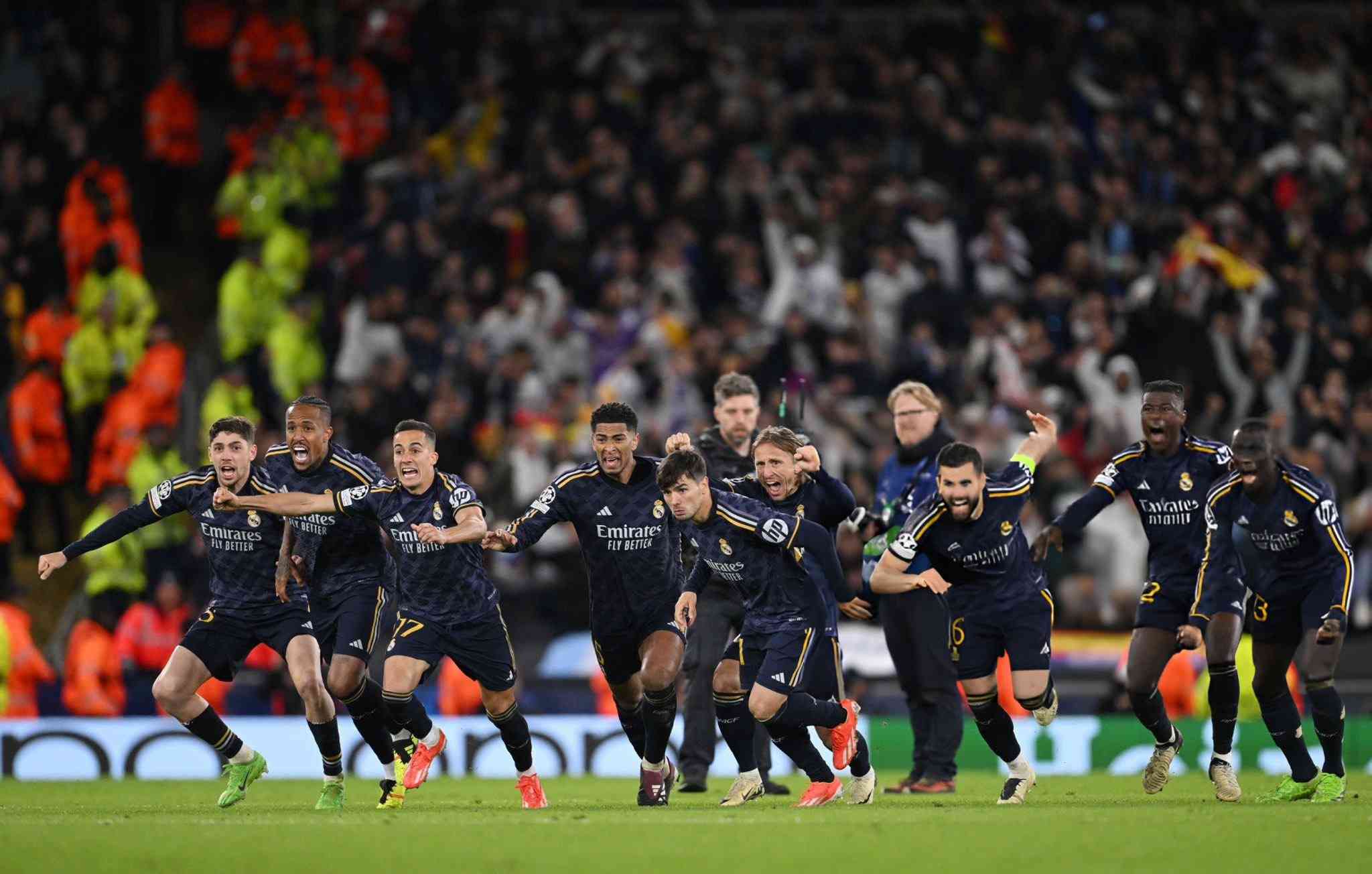
What colour plate we eat off and how heavy the cutlery is all contribute to how we perceive what we are eating tastes according to scientist who has studied the way we eat
What happens "off-the-plate" can be just as important to the way we taste food as our tastebuds, work by a leading Oxford University professor has discovered.
Charles Spence discovered for example we associate the colour red with sweetness so for example salty popcorn seems to taste less sweet when served from a red bowl.
He also found the weight of a piece of cutlery can have us making assumptions about the quality and cost of food in restaurants.
Professor Spence has worked with leading chefs keen to use his finding to improve the dining experience and now he has brought his findings together in a new book Gastrophysics: The New Science of Eating.
We've crunched his findings and here they are in bite sized chunks.
Professor Charles Spence has investigated how our minds affect how we eat
1) Tables and chairs
Research has found we prefer round tables to square or rectangles because we associate angular objects with danger.
However restaurants can't get as many round tables in as square so most have a mixture to balance approachability with the need to make a profit.
Some fast food chains like McDonalds deliberately use hard chairs which start to get uncomfortable after 10 minutes to encourage people to leave quickly after eating thus making space for fresh diners.
2) Music
Restaurants use lots of tricks to makes us spend more money and research has shown if we hear classical music we associate it with sophistication and are likely to spend as much as 10 per cent more.
Bar owners ramp up the volume because they know studies have shown we drink 26 per cent faster.
Experts reckon that is because we find it harder to hold a conversation when it is loud and end up knocking back our drinks quicker.
Loud music in a bar makes you drink quicker
3) Looks
What we taste is affected by what we see for example in one study drinkers were fooled into thinking they were drinking red wine when it was white wine coloured.
Another study found that people thought a pink drink was sweeter than a green one even though the latter had 10 per cent more sugar.
4) Cutlery and Plates
Professor Spence conducted an experiment where he organised lunch for 150 at a posh hotel.
Half the guests were given heavy cutlery and half lighter yet when asked to rate the identical food both had been served those using heavier knives and forks said they would pay more.
It seems we think heavy cutlery means high quality food.
Another study found a ginger biscuit served on a rough plate tasted more gingery than the same biscuit served on a smooth plate.
Cutlery can affect how perception of food
5) Personalisation
We most of us have a favourite mug we drink tea from and we enjoy the experience.
And it from that experience comes something called "sensation transference" where we have warm feelings about something being specifically our own.
This is why Starbucks write our names on the cups they give us.
6) Packaging
How food is packaged is of course important and we associate a luxurious label with gold embossed script as containing more upmarket and better quality contents.
Professor Spence team did an experiment with crisps, they found if a packet was crackly and rustled people though the crisps tasted crunchier.
7) Names
Tesco customers buying "Nightingale Farms Round Tomatoes" or "Rosedene Farms Small Sweet Apple" might think these products come from actual British farms but in fact the names are made up to seduce shoppers and the products often come from much further afield.
Fancy a fan fried "Patagonian toothfish"? thought not. That's why we now call it Chilean sea bass. When the name was changed sales went up ten-fold.
People think Organic food tastes better but most people can't tell the difference in taste tests.
Menus are the way restaurants show us what they have to offer
Fish and chips taste better beside the seaside, say scientists
8) Menu size
Researchers at Bournemouth University found a menu with too many dishes can leave people feeling overwhelmed and too few left people wanting more choice.
The ideal amount is apparently seven.
9) Food shape
In 2013 Cadbury was accused of changing the recipe of it's popular Dairy Milk bars when in fact it had just changed the shape of the chunks.
It seems we link blob like shapes to sweet foods and so people thought the chocolate was sweeter.
 The Standard Group Plc is a multi-media organization with investments in media
platforms spanning newspaper print operations, television, radio broadcasting,
digital and online services. The Standard Group is recognized as a leading
multi-media house in Kenya with a key influence in matters of national and
international interest.
The Standard Group Plc is a multi-media organization with investments in media
platforms spanning newspaper print operations, television, radio broadcasting,
digital and online services. The Standard Group is recognized as a leading
multi-media house in Kenya with a key influence in matters of national and
international interest.
 The Standard Group Plc is a multi-media organization with investments in media
platforms spanning newspaper print operations, television, radio broadcasting,
digital and online services. The Standard Group is recognized as a leading
multi-media house in Kenya with a key influence in matters of national and
international interest.
The Standard Group Plc is a multi-media organization with investments in media
platforms spanning newspaper print operations, television, radio broadcasting,
digital and online services. The Standard Group is recognized as a leading
multi-media house in Kenya with a key influence in matters of national and
international interest.










